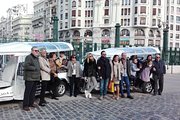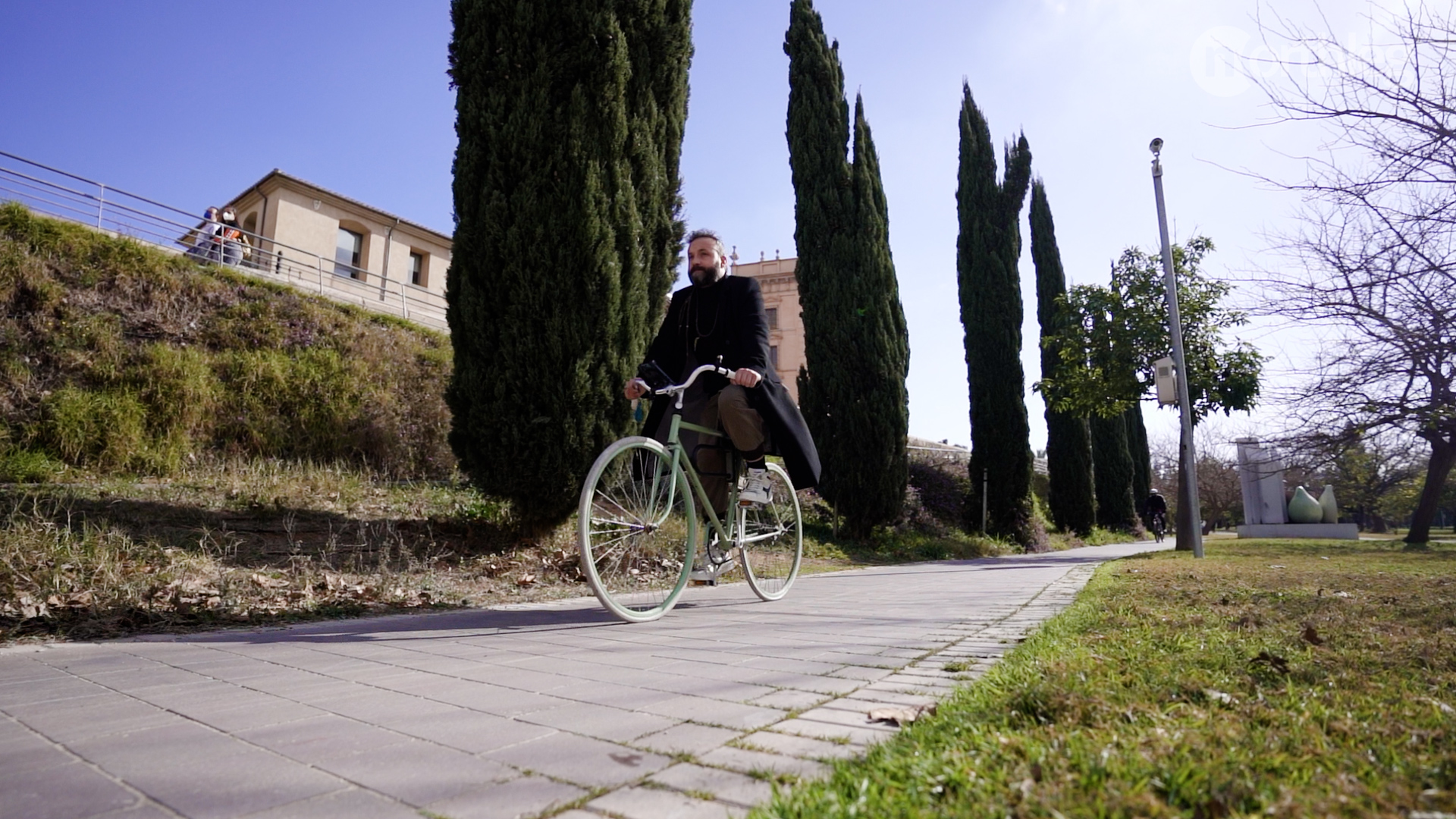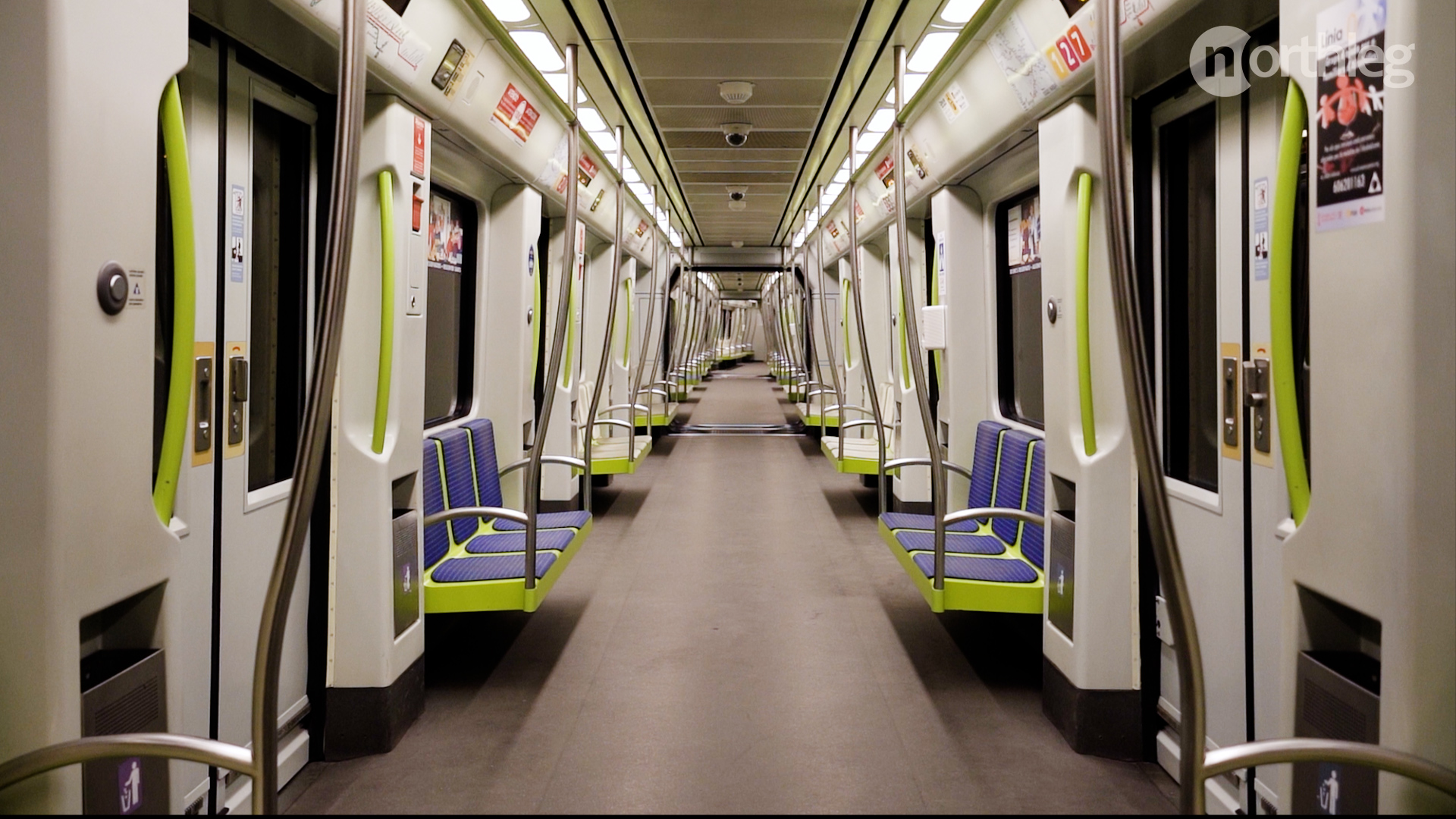
FAQs
FAQs
Here you can find quick answers to all of your questions. Linked, you’ll find the articles or the sections of the articles that can give you more detailed information.
-
Estación del Norte is Valencia’s main train station and one of the city’s most important Modernist buildings.
-
Yes, in fact the majority of the trains coming to Valencia make their stop in Estación del Norte.
-
Estación del Norte between the northern edge of the Ruzafa neighbourhood and the the southern section of the Ciutat Vella district.
-
Yes, of course. You can access the entire station and admire its beautiful architecture and ceramic work. The only section you cannot access without a valid ticket are the train platforms.
-
Estación del Norte is representative of the Valencian Art Nouveau movement, known as Modernismo Valenciano.
This style is recognisable in the amalgamation of carpentry, forged iron, and ceramics into its structure.
-
The current Estación del Norte was built between 1906 and 1917.
-
If you are in Ciutat Vella, the best way to reach Valencia’s Estación del Norte is probably to go on foot, or if you prefer, on a bike.
If you are further away and need to use public transport, you can easily reach the square by metro, tram, or bus.
If you’d like to know more about transport, you can check out the relevant section of this article.
-
Estación del Norte is open practically 24/7.
For more detailed information, you can check the relevant section of this article.
-
Entrance to the train station is always free.
If you want to get a train ticket, you can have a look at our article about the Estación del Norte and its train lines.
-
Of course you can. Valencia is an extremely bike friendly city, and on the official map
, you’ll see that there are bike paths circling the city’s old quarters. You can also cycle in the city centre and its pedestrian zones, as long as there is enough room for people to walk.
If you’d like to know more about traffic rules and norms in Valencia, you can check out our article about cycling in Valencia.
-
Estación del Norte is an important junction point for Valencia’s public transport, so there are a lot of buses that stop nearby. Buses C1, 6, 7, 8, 11, 19, 28, 35, 40, 70, 71, and 73 all stop in front of the Estación del Norte.
If you’d like to know more about Valencia’s bus system, you can check out our article about it.
-
The metro is one of the best public transport methods to reach the train station. Lines 3, 5, and 9 all stop at the closest metro station, Xàtiva.
If you’d like to know more about Valencia’s metro system, you can read our article about it.
-
The tram is also a good way to get to the station. Line 10’s stop Alacant is to the side of the building.
If you’d like to know more about Valencia’s tram network, you can check out our article about it.
-
Of course. There are two
Valenbisi stations in front of Estación del Norte, and many others not too far away.
If you’d like to know more about Valenbisi, you can check out our article about it.
-
Yes. But be careful not to go into the no-park zone, which roughly covers the Old Town area.
You can see where you’re allowed to park on your app’s map.
You can learn more about electric scooters and how to get one in Valencia in our dedicated article.
More related activities...
You might also be interested in...

La Cordà
More than 300 kg of gunpowder, a metal cage, 60 pyrotechnicians, and 20 minutes of explosions. The Cordà is Valencia’s way of ushering in Fallas.
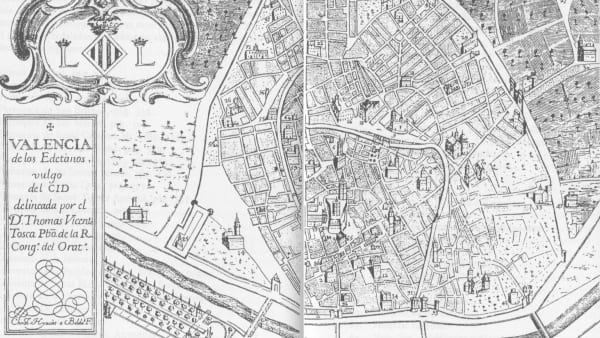
Mediaeval Valencia
Imposing cathedrals, spiral staircases and columns, pointed arches, and dark stone halls. Discover Valencia’s Mediaeval treasures.
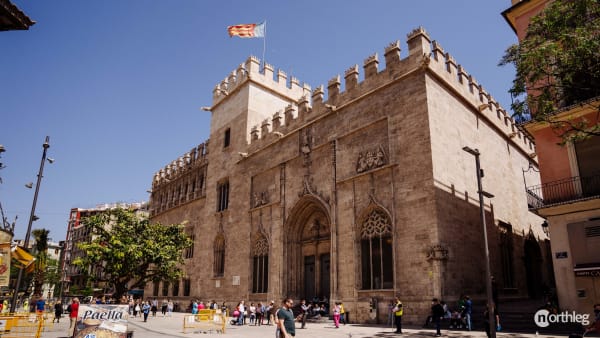
Lonja de la Seda
The Silk Exchange encapsulates two feats of Valencia’s Golden Age: masterful artistic expression and mercantile power.
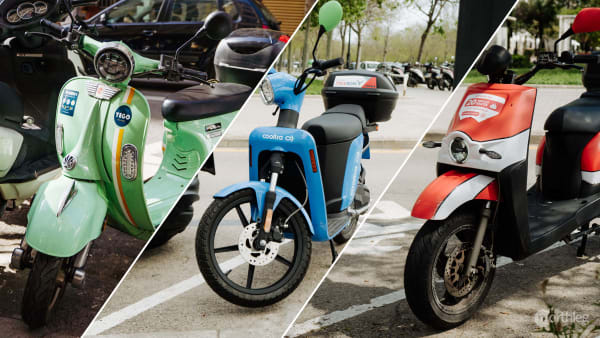
Scooter rentals
Electric scooters are your go-to option if you would like to move around the city independently, and hassle-free. There are several companies offering this service in Valencia, and with their scooters you will get around quickly and comfortably, stopping any time you want.

La Crida
This is the proclamation of the Fallas’ official beginning: how a city enters three weeks of celebration, colour, noise, and spectacle.
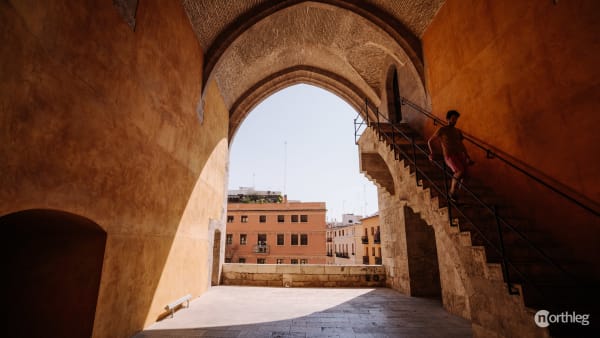
Gothic Jewels in Valencia
Pointed arches, spiralling staircases, stained windows, and gargoyles. These are the architectural features that populate the many Gothic landmarks in Valencia.




